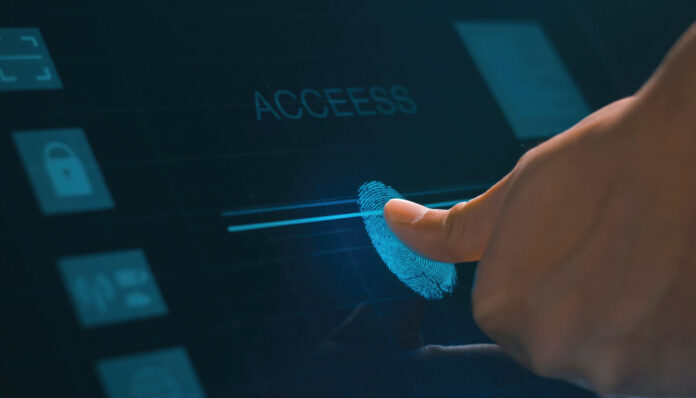In 2022, biometric authentication and verification is an essential part of the technological landscape and pervasive in more ways than most current users realize. In some capacity, most people employ biometric verification in daily life. Along with a rising acceptance of behavioral biometrics, there are many more biometric applications that are “physical” in nature.
The global biometrics market is anticipated to register a CAGR of more than 15% from 2019 to 2023, according to a Technavio analysis. As a result, enterprises must work to secure and authenticate their identities using passwords, IDs, tokens, smart cards, etc. as they have embraced digitization. However, businesses can confirm their identities using only their own distinguishing qualities when implementing biometric authentication.
Although the adoption of biometrics had many advantages, it also had its share of challenges. Companies might be curious about the drawbacks of biometrics technology. Here are some crucial pointers to consider concerning the drawbacks of biometrics.
Data and tracking
The privacy of users must be taken into account as the use of biometric authentication systems, such as facial recognition technology and other biometric security measures, rises around the world. A user stands the danger of leaving a permanent digital trace that could be followed by malicious actors when biometrics are transformed into data and kept, especially in locations or nations with extensive surveillance measures.
Governments and corporations have frequently utilized facial recognition technologies to follow and identify people with unnerving accuracy, severely compromising privacy. Biometric information can become a permanent digital tag that can be used to monitor someone, both knowingly and unknowingly, as surveillance levels rise.
Also Read: Is the Popularity of Biometrics Further Escalating Privacy Risks?
Biometrics cannot be changed
While businesses may simply reset their password in the event that it is stolen, their fingerprint, iris, and other biometric features cannot be altered. There isn’t much that a company can do to stay safe if someone has a duplicate of these aside from choosing passwords or security tokens.
Hackers allegedly took 5.6 million people’s fingerprints in a significant data breach at the US Office of Personnel Management. The impacted government workers and contractors are unable to predict when their fingerprint-based authentication will cease to be unreliable.
Physical characteristics are immutable
The majority of biometric authentication methods use physical features like fingerprints, iris scans, palm veins, etc. People only have one set of eyes, a set number of fingerprints, and other fixed bodily components. Businesses can change passwords but cannot alter a customer’s fingerprint or retina because these are fixed. The biometric information is kept in the databases of the relevant governments or businesses that provide these services.
Stringent with regard to change
Access can be impeded by even the most minor changes in facial expression or by objects like hats, scarves, spectacles, etc. For example, if the finger is sore or the voice is hoarse, the system might not notice these changes and conclude that “You” are not the one asking for access. Since a biometric authentication system is not very adaptable, even the right person can be refused access in such circumstances.
Also Read: How Enterprises Can Overcome Barriers to Password-Less Authentication
If something goes wrong, biometric authentication information cannot be revoked remotely
The fact that such remote modification of authentication data is not conceivable is a key caveat with regard to biometric security. However, if a password is being used, firms can easily use a recovery option in the event that they forget it or their account is compromised.
Enterprises will also be able to alter the password along the journey or increase their security by turning on 2FA (two-factor authentication), which is an additional advantage of this approach.
The situation is fundamentally different now that biometric authentication is in place. Unless they have physical access to a device, organizations cannot change the security configuration that has been previously set up on that device.
For more such updates follow us on Google News ITsecuritywire News









